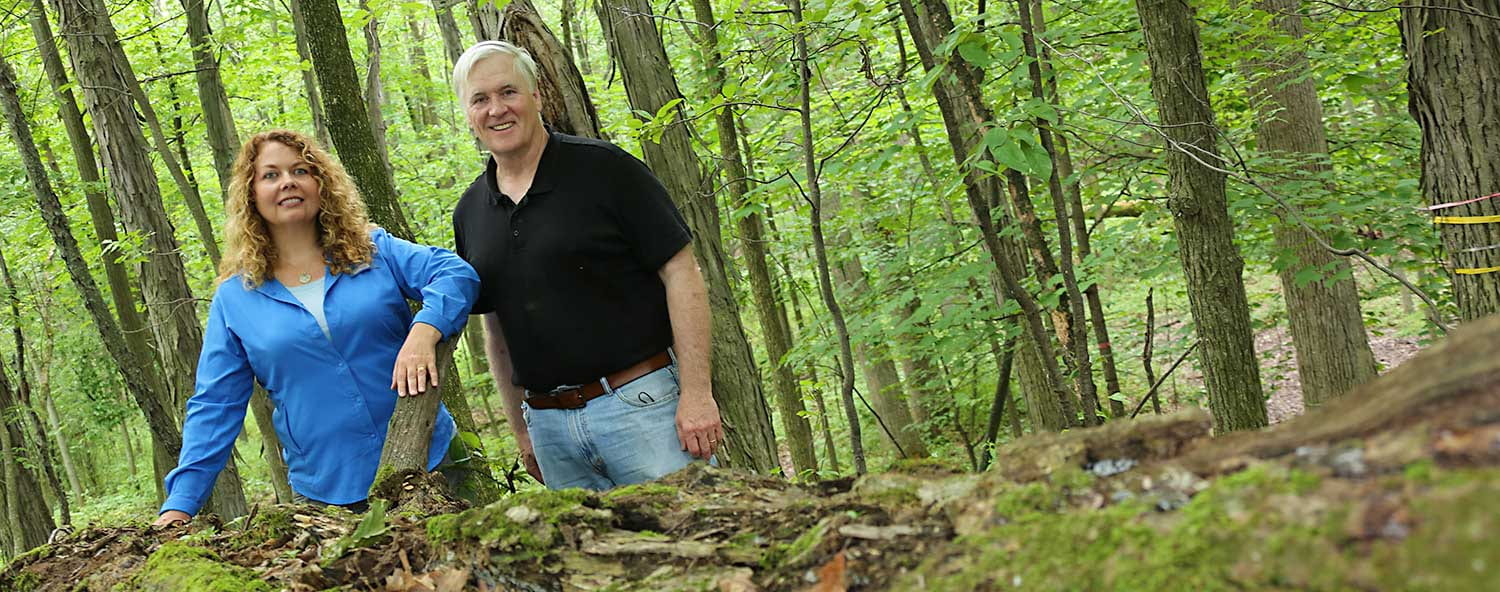UW-Green Bay heirloom vegetable plant sale is May 14th!
GREEN BAY — On your mark, get set, let’s garden! Thousands of plants are being grown in the Lab Sciences Greenhouse to be ready just in time for the University of Wisconsin-Green Bay annual Heirloom Vegetable Plant Sale.
The Natural and Applied Sciences department at UW-Green Bay is holding the event Saturday, May 14, at the Lab Sciences Building Greenhouse located on campus at 2420 Nicolet Drive. Doors open at 9 a.m. with numbers passed out beginning at 7 a.m. for those who don’t want to stand in line.
Most plants are $1.75, with some larger or specialty plants up to $3. Those looking for a specific variety of peppers, herbs or flowers might want to be there early, but there is always an exceptional supply of tomatoes, herbs, and vegetables for those who want to wait until after the rush. We close up at 3 p.m.
Unlike other vegetable sales the UWGB sale features unique and rare heirloom varieties. One of the goals of the heirloom sale staff is to introduce local gardeners to new varieties and protect agricultural biodiversity. This year the sale features 60 different varieties of tomatoes (4000+ plants), and 43 varieties of peppers (1800+ plants), including 8 different bell peppers, as well as mild, medium, hot and scorching hot peppers! Shoppers will find eggplants, tomatillos, cucumbers, kohlrabi, lettuce, seven kinds of basil, and 15 varieties of old-fashioned flowers. Lists of plants offered and links to descriptions can be found at www.uwgb.edu/biodiversity.
The sale offers 150 open pollinated “heirloom” varieties of vegetables, herbs, and flowers that were developed by gardeners over the last 200 years to satisfy the needs of most Wisconsin gardeners. The names of some of the favorite varieties like “WI 55,” “King of the North,” “Wisconsin Lakes,” “Pride of Wisconsin,” “Sheboygan,” and “Beaver Dam,” reflect the dedication to sourcing those varieties best adapted to northern growing conditions. Gardeners will find varieties that they are not likely to find elsewhere, including unique vegetables and old-time flowers (“Impala —a dwarf castor bean, “Diablo” cosmos, and “Bunny tails” grass.)
Gardeners will find, many tomatoes and peppers for salsa crafters, home canners, and sandwich and salad artists. There is a tomato to suit every taste with “Dancing with Smurfs” cherry tomatoes for the kids, WI 55 developed at UW-Madison and still one of the best red tomatoes available for the serious red tomato connoisseurs. The success of “Blush” in the UWGB gardens last summer led to a wider selection of smaller artisan tomatoes including “Green Tiger,” and both purple and sunrise “Bumble Bee” varieties. New this year is “Geranium Kiss,” a dwarf tomato that produces bright red golf-ball sized fruits and geranium shaped leaves perfect for patio containers. “Red Fig,” a favorite of Thomas Jefferson, that is perfect for drying, is coming back to the sale.
The sweet and medium pepper selection is expanded. There will be many truly tropical hot peppers from South America. And for the extra-brave pepper connoisseur three of the “hottest peppers on the planet,” including two different colors of Trinidad Scorpion, and a Chocolate Ghost Pepper, will be sold.
Always on the look for new food plants for gardeners — this year the sale will include several different varieties of Amaranths. Amaranth is being touted as one of the newest superfoods, even though it has been in cultivation for thousands of years! All parts of the plant are edible. The small seeds are high in protein and can be used as grain, cooked like rice, made into porridge, or popped like popcorn. The leaves are high in protein and vitamins and can be used in any recipe that calls for spinach. Stems can be steamed or stir-fried. Even the roots can be baked or boiled. Gardeners will find five different varieties: “Poinsettia” and “Aurora Yellow” both with tri-colored leaves, red and green versions of the traditional “Love-lies-bleeding,” and a giant variety called “Elephant Head.”
The annual sale, sponsored by the Natural and Applied Sciences academic unit, began in 1994 with 300 plants for sale. Students benefit from the proceeds that are used to bring in scientists and other speakers that students otherwise would not be able to meet, and to support student research projects as well as travel to conferences where they can present results of their research and meet scientists in their fields. Last year’s sale supported research on the Bay of Green Bay, local well-water quality, local biodiversity, and magma flows in Antarctica. The funds also allow students to travel to scientific meetings and bring internationally recognized scholars to UW-Green Bay for its seminar series.
Please e-mail event coordinator Vicki Medland for interviews — medlandv@uwgb.edu.
16-55






